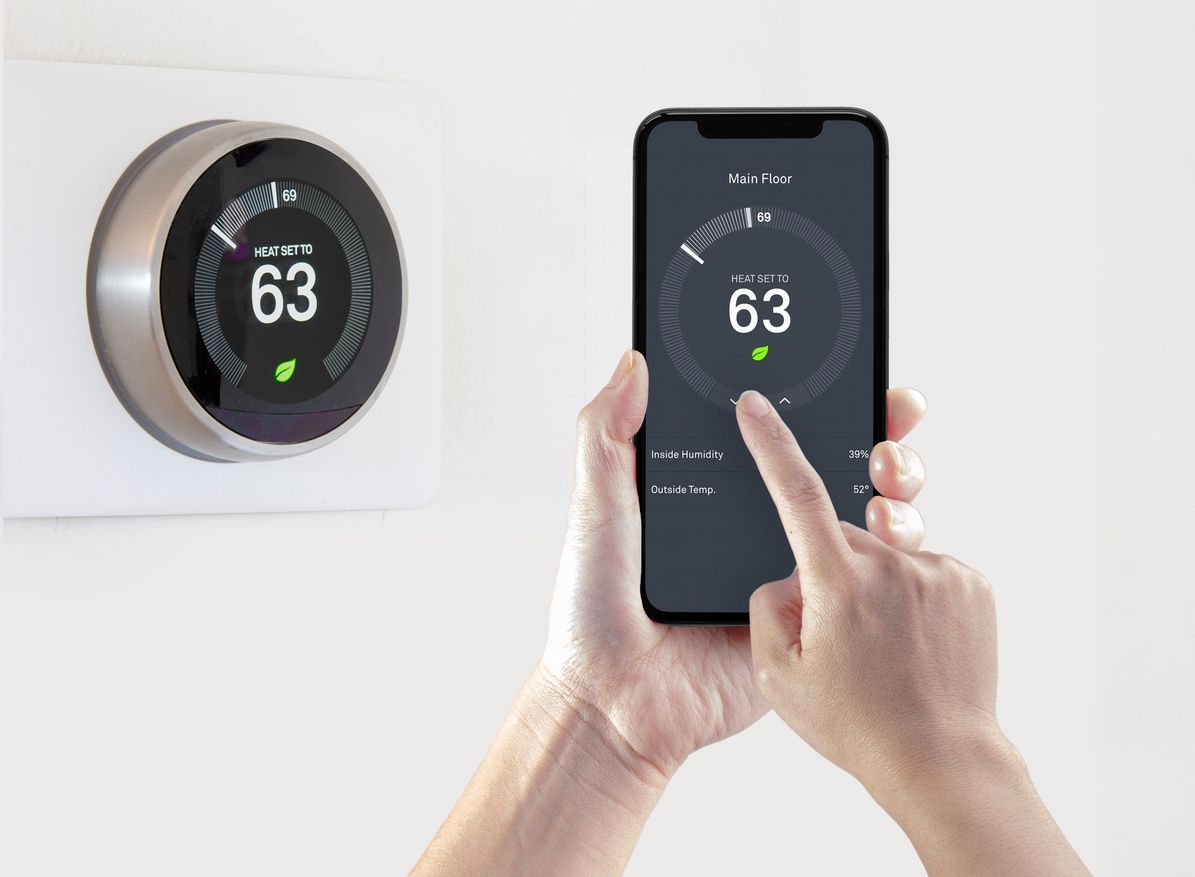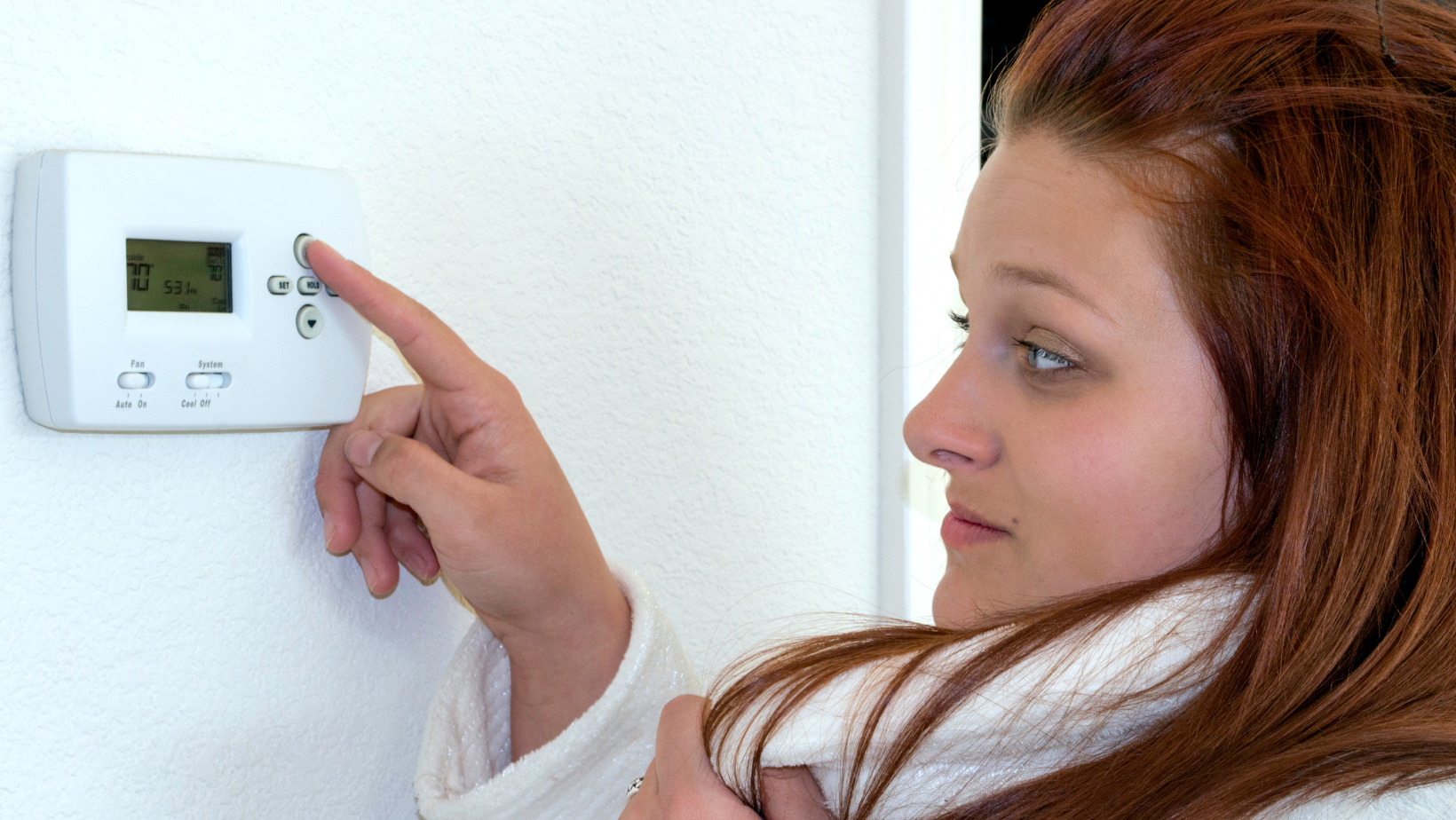Smart Thermostats Reduce Utility Bills
Energy Saving Benefits of Smart Thermostats

Many wonder if smart thermostats are worth the investment. Smart thermostats are god for the environment and they reduce the cost of utility bills. In some instances, they can save up to 23% off a utility bill.
Programmable thermostats have much of the same capabilities as a smart thermostat. However, a smart thermostat has the ability to identify patterns within the household and adjust accordingly. They really are smarter and better at optimizing heating and cooling systems.
4 Energy Saving Benefits of Smart Thermostats:
1) Energy Efficiency with Easy-to-Use Interface: Smart thermostat provide customized schedules that are easier to use than traditional thermostats. Their touchscreens and app interface make programming the thermostat easier. It can automatically determine and implement the optimal temperature setting for maximizing energy efficiency.
Temperature levels are set by the app based on occupancy and desired comfort level. Some smart thermostats have a geofencing feature. A smartphone's location is tracked to determine whether the user is at home or away.
2) Temperature Controlled Remotely: Using a smartphones or other internet-connected devices enables users to adjust the temperature even when they're not at home. This level of control can spell big energy savings. A user can ensure the air conditioner isn't cranked down when the house is empty. Even when they are miles away.
Smart thermostat apps can easily adjust preferred temperature ranges or change the schedule. In addition, one can opt in and out of settings, view energy report, adjust the temperature and set modes.
3) Learning Algorithms: Many smart thermostats are equipped with machine learning algorithms that learn the homeowners' temperature preferences over time. They track patterns and adjust the temperature automatically to help set the most efficient schedules.
Smart thermostats also work with voice activated assistants. Apps, such as Google Home or Amazon Alexa, can be used to enhance energy efficiency. They often integrate with other smart home devices, such as smart lighting, occupancy sensors, and alarm systems.
4) Energy Usage Insights: Smart thermostats provide energy reports with detailed insights into energy usage. They display real-time and historical data. Reports detail how much energy is used in hours. If the numbers are out of whack, adjustments can be made to preferred temperatures to start seeing improvements.
This information identifies energy-saving opportunities and enables user to make informed decisions about adjusting your usage habits. By being aware of energy consumption, steps can be made to optimize it and reduce utility bills.
It is easy to see how smart thermostats empower homeowners with greater control and automation over their energy usage. Through optimization of temperature settings, identifying occupancy patterns, and providing energy insights, Smart Thermostats help reduce energy waste and ultimately lower utility bills.











